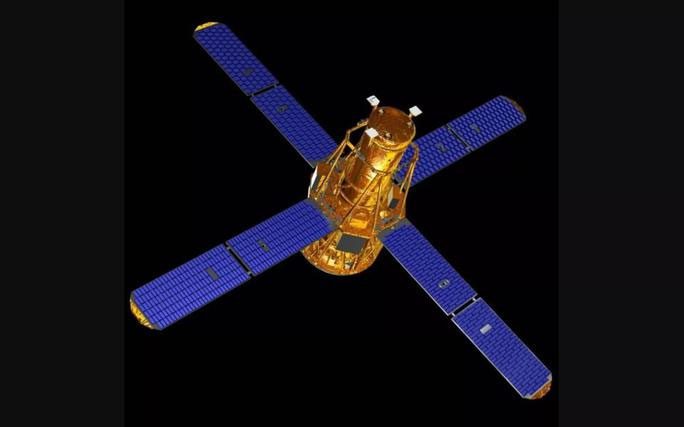The small NASA spacecraft RHESSI, which has been studying the Sun since 2002, is expected to re-enter Earth’s atmosphere with a risk factor of 1 in 2,467 for harming humans.
RHESSI is a 270 kg satellite that has been inactive since 2018.
The U.S. military calculates that the spacecraft will reach the atmosphere around 10:30 PM on April 19, Eastern Daylight Time, which corresponds to 7:30 AM on April 20, Vietnam time. This timing could vary by plus or minus 16 hours.
According to NASA, most of the 270 kg mass of the object will turn to ash and vaporize during its “death dive” into Earth’s atmosphere.

RHESSI spacecraft, a solar observatory – (Photo: NASA)
However, NASA officials also acknowledge that “some parts are expected to survive”, although they assert that “the risk of harm to anyone on Earth is low, around 1 in 2,467.”
According to Space, RHESSI’s impending fall serves as another reminder that Earth’s orbit is becoming increasingly crowded and hazardous, with over 30,000 pieces of debris being monitored by global space surveillance networks. Yet, many objects remain difficult to control.
Even small debris can cause severe damage if they collide with spacecraft or other space stations, as many objects travel at high speeds.
In December 2022, the Russian space agency, Roscosmos, lost a Soyuz spacecraft docked at the International Space Station (ISS), which was concluded by both this agency and NASA to be due to a space debris puncturing the ship and leaking coolant.
This incident forced three astronauts from Roscosmos and NASA—who had traveled to the ISS on this spacecraft—to stay for several additional months before another Soyuz ship was sent to continue their mission. Russia had another Soyuz spacecraft but had to launch it to replace the damaged one.
Subsequently, Russia lost another cargo ship, which was redirected to return to Earth, partially burned up in the atmosphere while the remainder safely fell into the Pacific Ocean.





















































